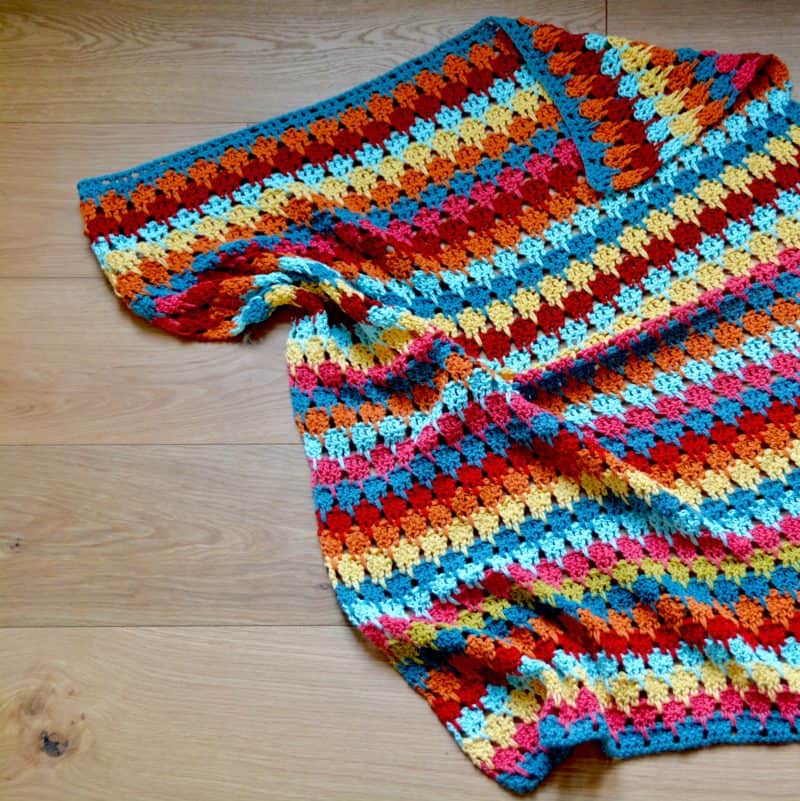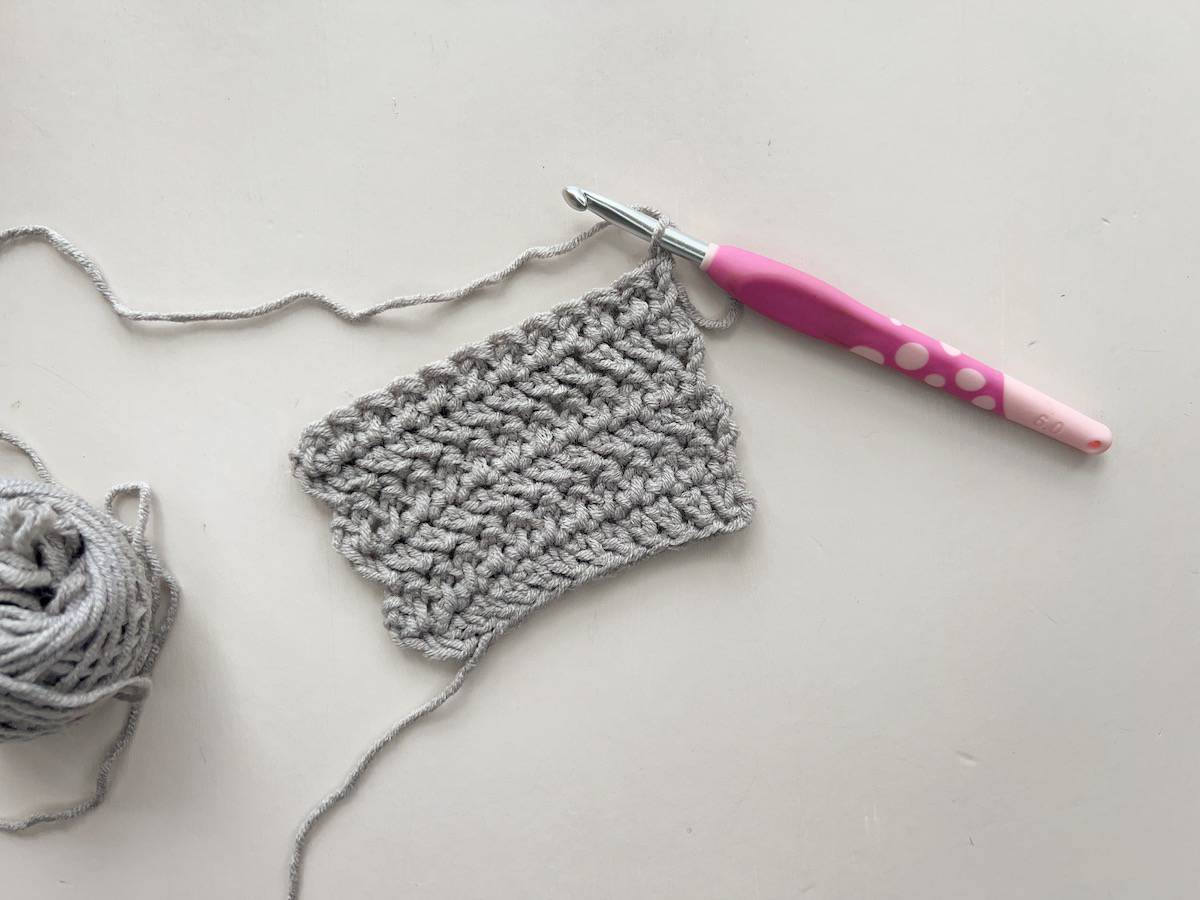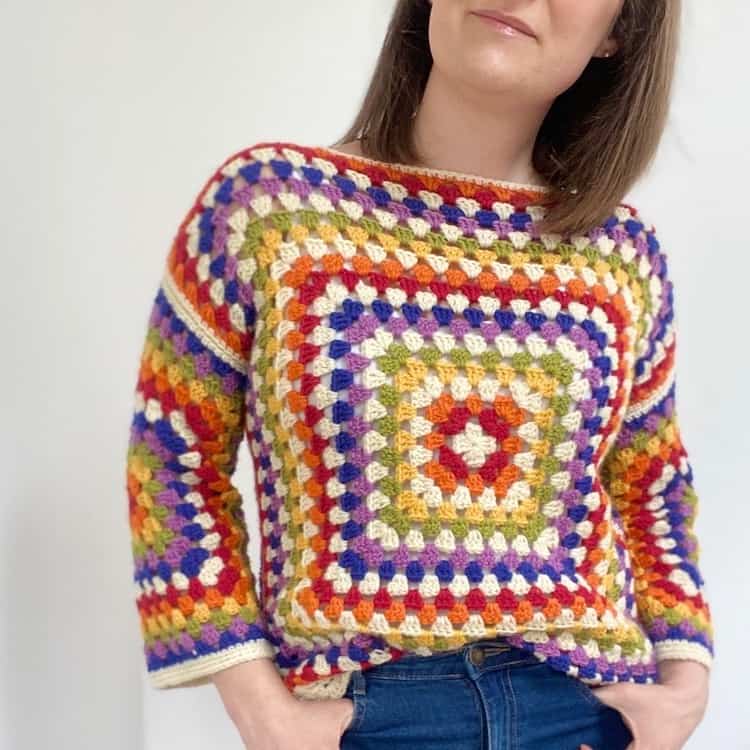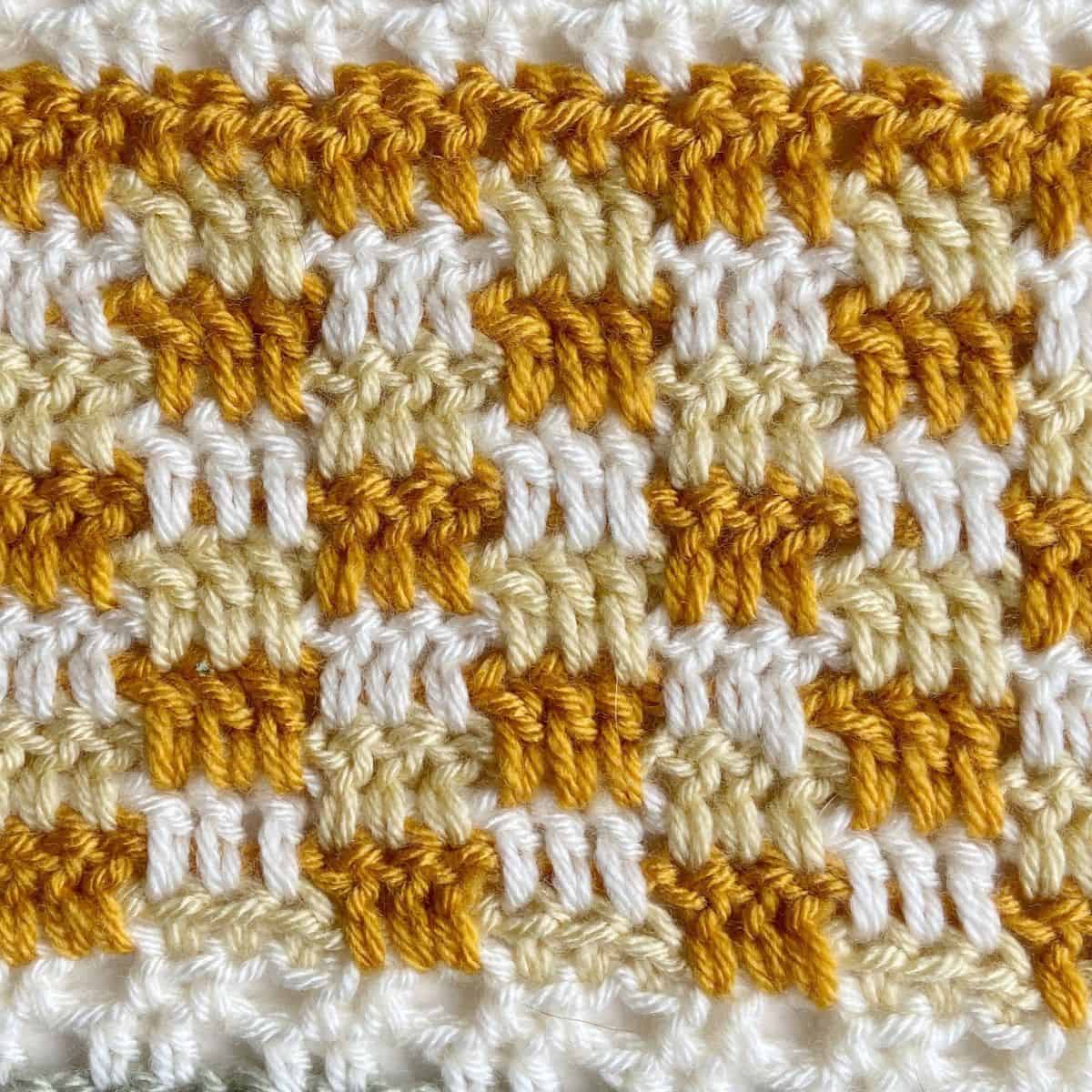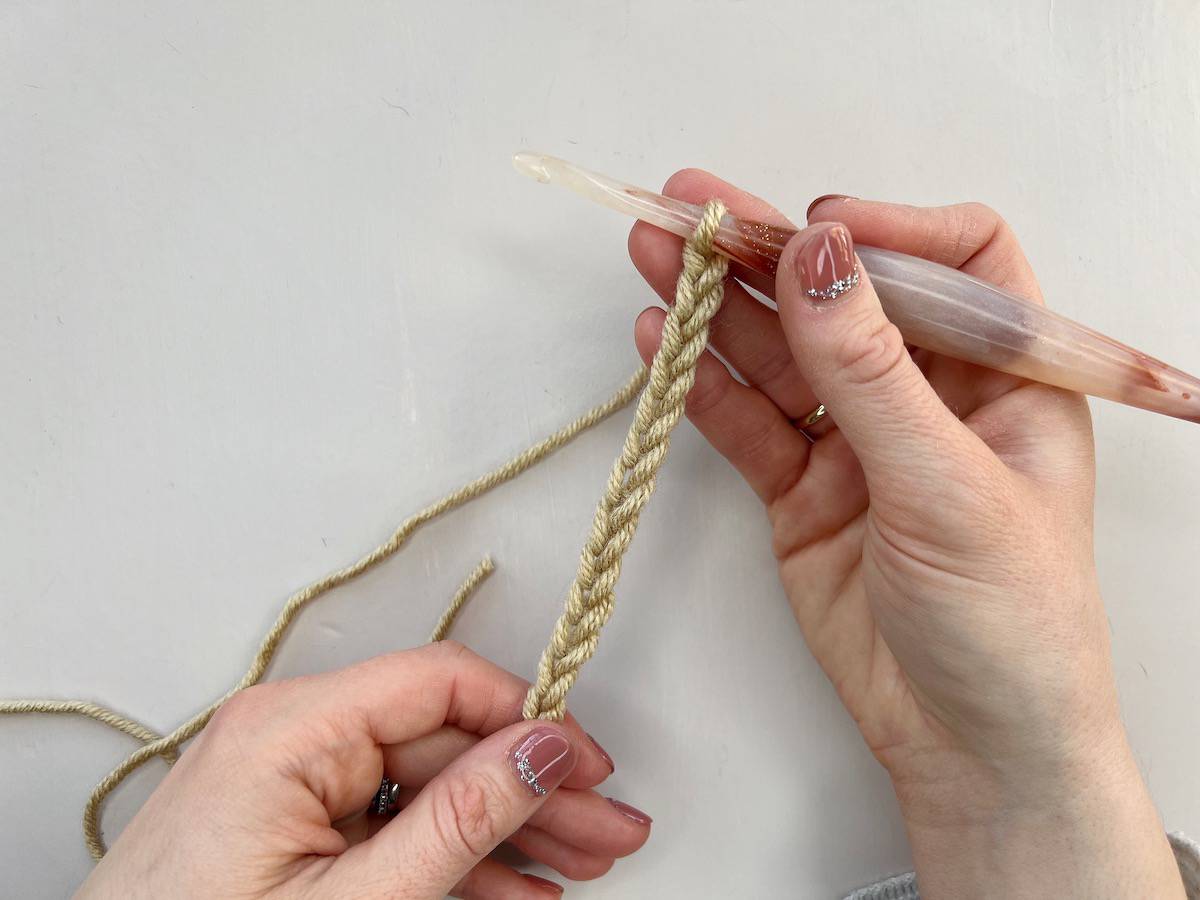This post may contain affiliate links. Please see my full disclosure and privacy policy for details.
If you crochet you have almost certainly made a granny square or have at least heard the term. What most people don’t know about (including me until now) is the history of the granny square and how this little idea first began.
I am thrilled to welcome Amber to the HanJan Crochet blog today to tell us all about the granny square, what you can use it for and how it became so very popular. Welcome Amber!
Table of Contents
– Amber from HY&C –
Guest WriterAmber is the creative force behind Hooks, Yarn and Cats which is all about is all about taking simple crochet stitches and techniques to make elegant and useful items that you will love and will love to make.
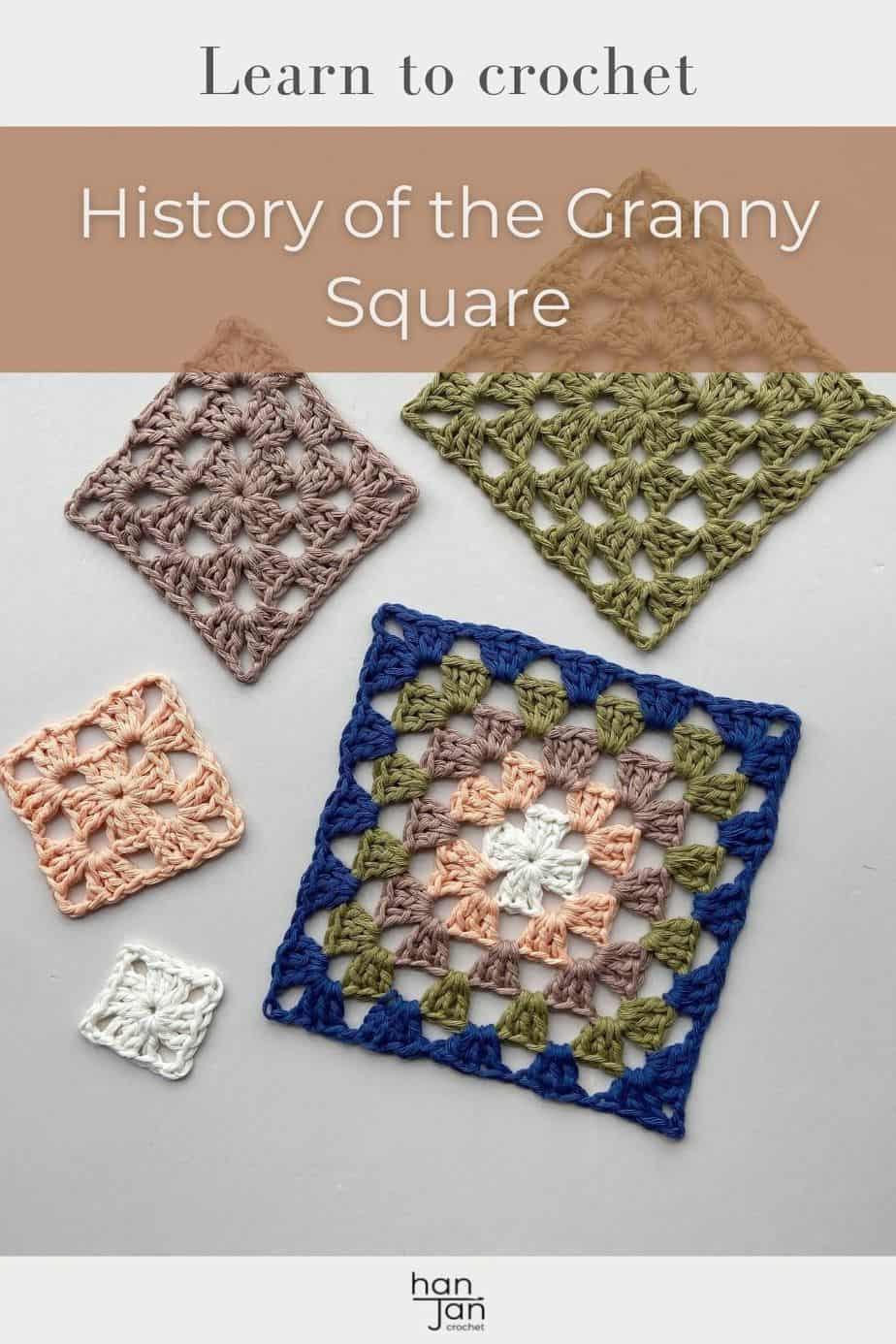
A crochet granny square is technically a square which uses granny clusters and chains. The granny clusters, which are simply three double crochet in the same spot, are worked into the chain spaces of the round before. However the phrase granny square has come to encompass almost any square, regardless of the structure.
Some granny “squares” aren’t even square! You can have granny triangles, circles, rectangles, and even stripes and hexagons.
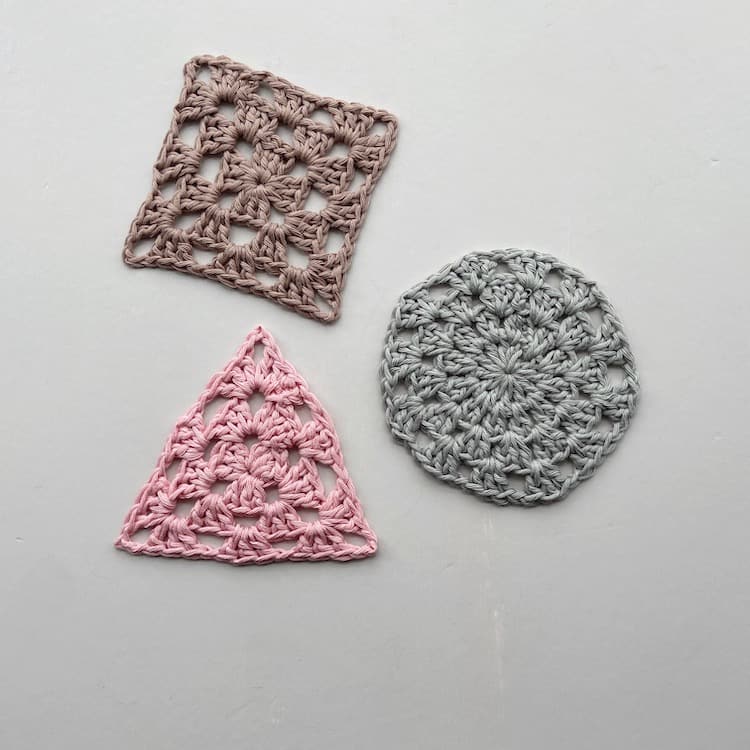
The History of the Granny Square
The granny square first made its debut in 1891, in The Art of Crocheting as an engraving. It wasn’t until 1897, however, that a written pattern was published in Weldon’s Practical Needlework.
That pattern was surprisingly similar to the one we commonly use today. The only difference is that the granny clusters on the first one only contained two double crochet as opposed to three. Other than that it is the same as the granny square we are familiar with today.
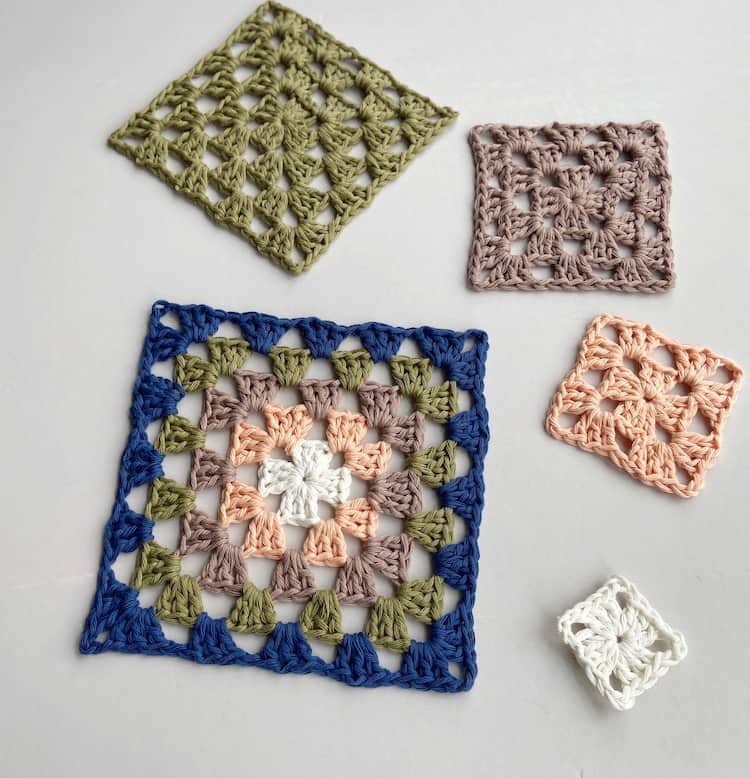
You may be wondering why they’re called granny squares to start with. They acquired this name for a couple of reasons.
Grannies were typically the ones who made them the most and you don’t need great eyesight to make them. In fact you don’t even need eyesight at all!
Popularity of the Granny Square
The granny square was so popular among American crocheters and so associated with America that in Europe it was called “American crochet”.
What is the allure of these simple squares?
In an art that is constantly evolving what has allowed these motifs to survive over 100 years?
Its longevity can probably be attributed to its many benefits and uses.
Granny squares are easy, economical, well-known, portable, and allow you to experiment with colours and stitches.
They also allow you to play with different combinations of colours and stitches without investing a lot of time (and yarn!) into a project only to find you hate a stitch when worked in a certain colour or despise a particular colour combination.
How easy is a granny square?
These squares are so easy they are one of the most common projects for new yarnists so even a beginner can quickly experience the rush of a finished object. The most basic square is typically only four or six inches, worked in just a few rounds.
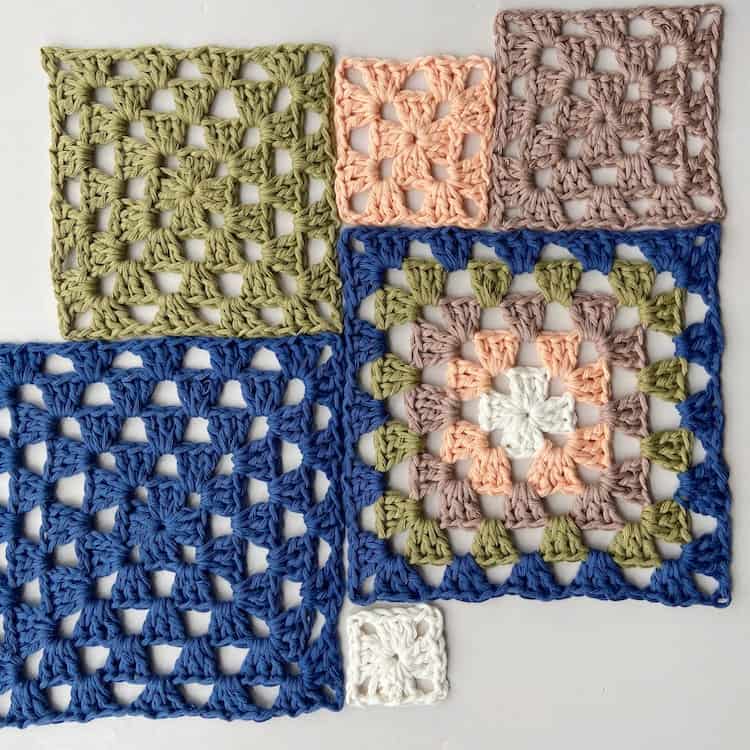
Economical to crochet
Using scraps, regardless of colour, allowed crocheters of old to use yarn they otherwise couldn’t have used. The practice also inevitably led to the almost gaudy bursts of unlikely colour pairings, usually bordered by black.
Yarn in 1891 was much more precious and scarce than yarn today. They couldn’t just pop on down to their Local Yarn Store whenever they felt like it or order online!
Even if they could have, they were unlikely to have the money. Those grannies and granny squares were the ultimate yarn stash busters.
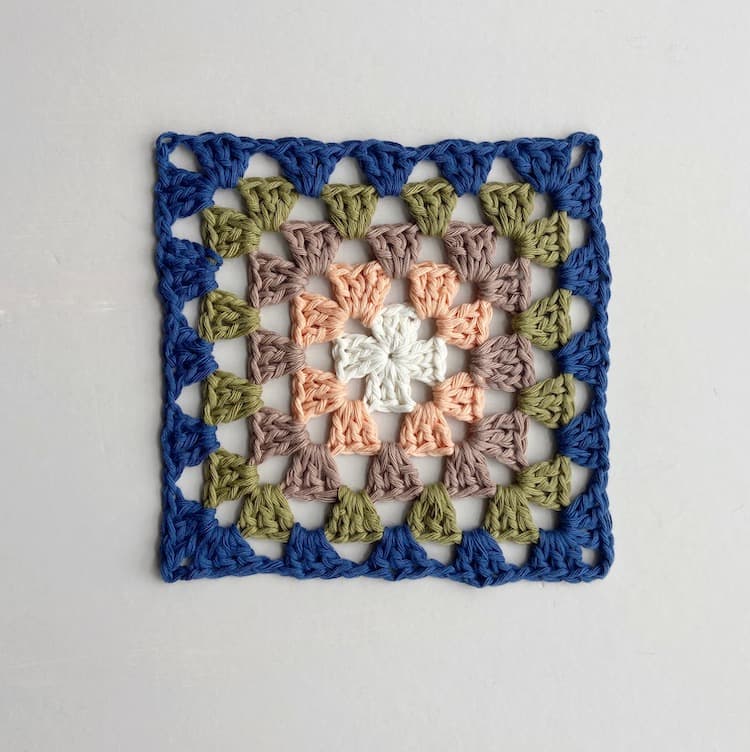
Uses for the granny square
Okay, you’ve taken the plunge and made your first granny squares. Now what? What do you do with them? Pretty much whatever you want, depending on the fiber. (We’ll talk about selecting the right fiber in a bit.)
Let’s say you’ve used cotton yarn. If your granny square is roughly four inches across, you’ve already got a coaster. (Or a few depending on how many you made.) If it’s a bit larger, you have a washcloth or dishcloth.
You can use squares of any size, and even combine squares of different sizes to make a blanket.
The smaller the squares are, the more of them you’ll need. You can also simply frame them and use them as wall art. If you’ve made itty bitty ones, you can use them to create a picture on a pillow, blanket, and more. This is commonly called pixel art.
This crochet pumpkin pixel art project by EyeLoveKnots is a great example.
These projects are typically called “pixel” projects because the small squares end up acting for the project as pixels do for a picture or image.
You can even make clothes with them!
The more popular articles are shawls, ponchos, and jackets. You can see some of Hannah’s granny projects showcasing the versatility of the granny further down this post.
What Fiber Should I Use?
Earlier we touched on how fiber and purpose relate. When making a granny square you can use yarn of almost any fiber, weight, and corresponding hook.
There are a few yarns that aren’t conducive to granny squares.
Novelty yarns such as eyelash and bouclé yarns are too textured to allow the structure of the granny square to shine through.
If you’re going to use the square as a dishcloth or similar item that needs to absorb water and stand up to rough and frequent use, you need to use cotton or a cotton blend. (I am creating a series of crochet washcloths this year so if you’d like some inspiration, check the post periodically as I’ll be updating it as I release new ones.)
However if you’re using them as a baby blanket you’ll want to use a soft acrylic or superfine, superwash wool or wool blend. It also needs to be easy to care for. (Unless of course you really dislike the new parents.)
How do I crochet the perfect granny square?
As you can see, the granny square is an extremely versatile pattern, with many benefits and uses. However, one issue some people encounter is their granny square twists as it grows larger. If you encounter this issue, Hannah has an ingenious solution on how to stop your granny square from twisting.
Now go make some squares. Or triangles. Or circles, rectangles, or hexagons. Just go make a granny!
What Should I Make with my traditional granny squares?
There are so many things you can make with your granny squares – here are some of Hannah’s granny projects showcasing the versatility of the granny square to get you inspired and start creating!
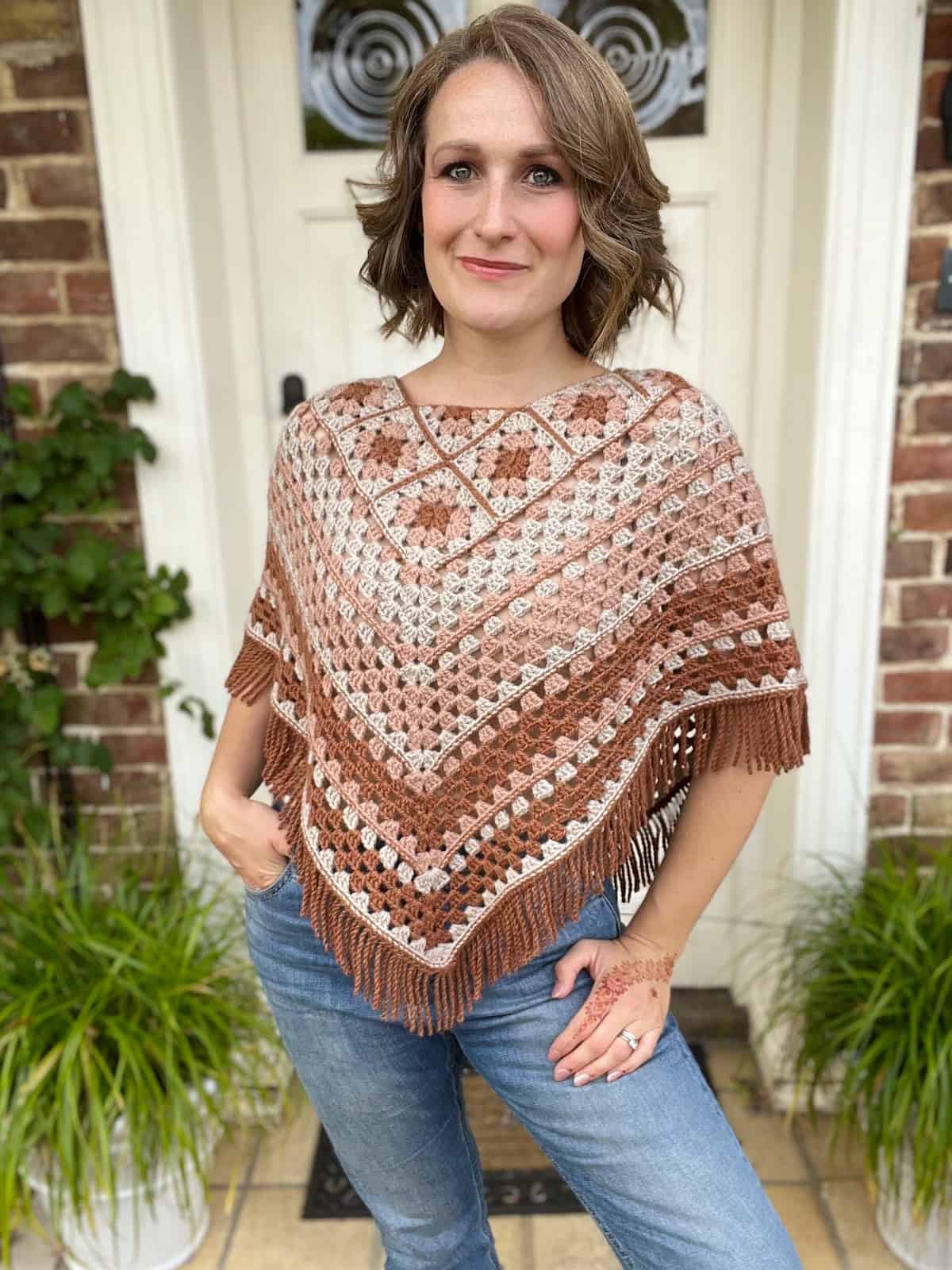
The Franny Granny Square Poncho Pattern is a super easy beginner project that uses traditional granny squares and then the granny stitch to make a fabulous wearable.
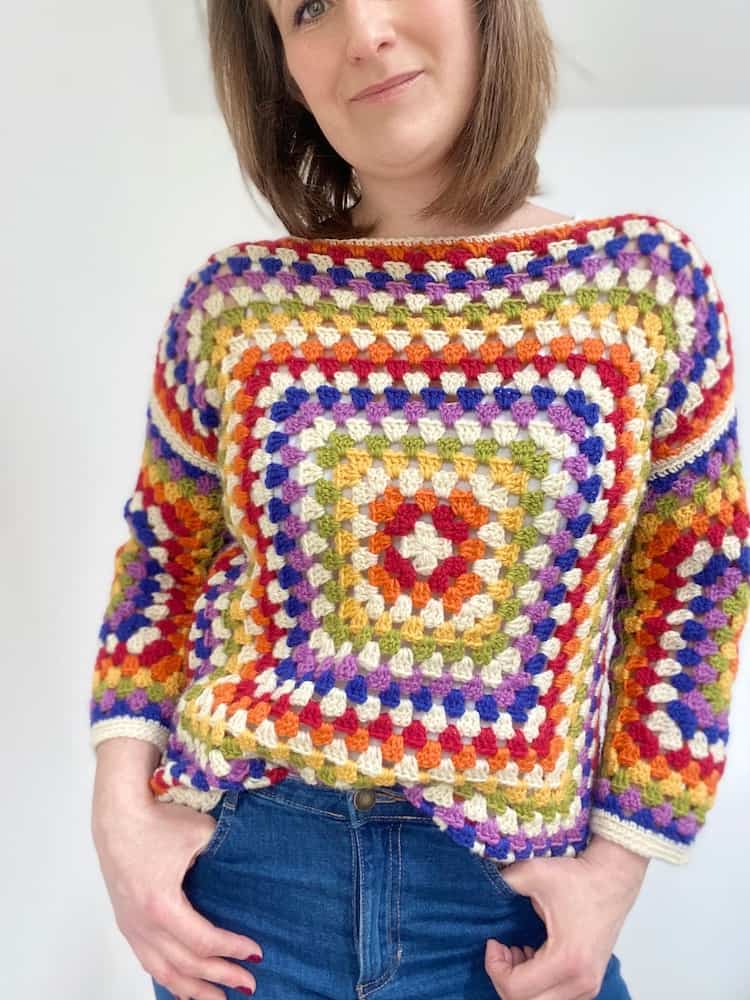
The Rainbow Granny Square Sweater pattern is another great one for beginners – just 4 squares sewn together!
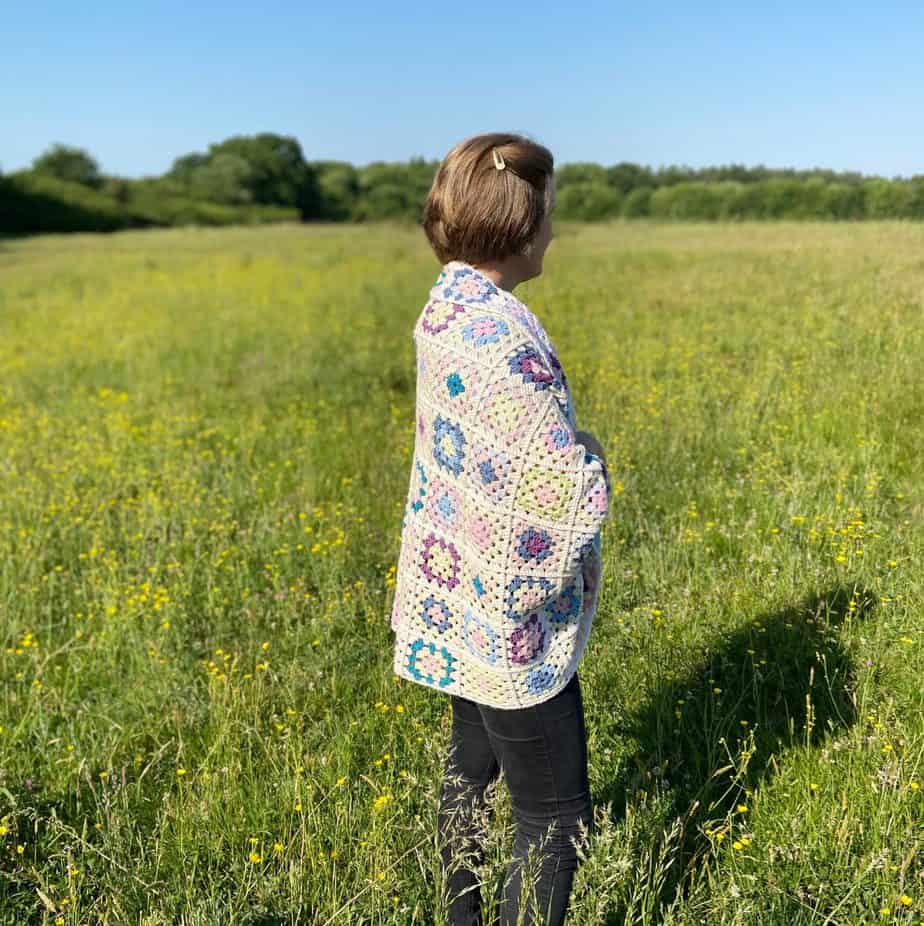
How about turning your blanket into a granny square cocoon cardigan? Let me know easy it is!
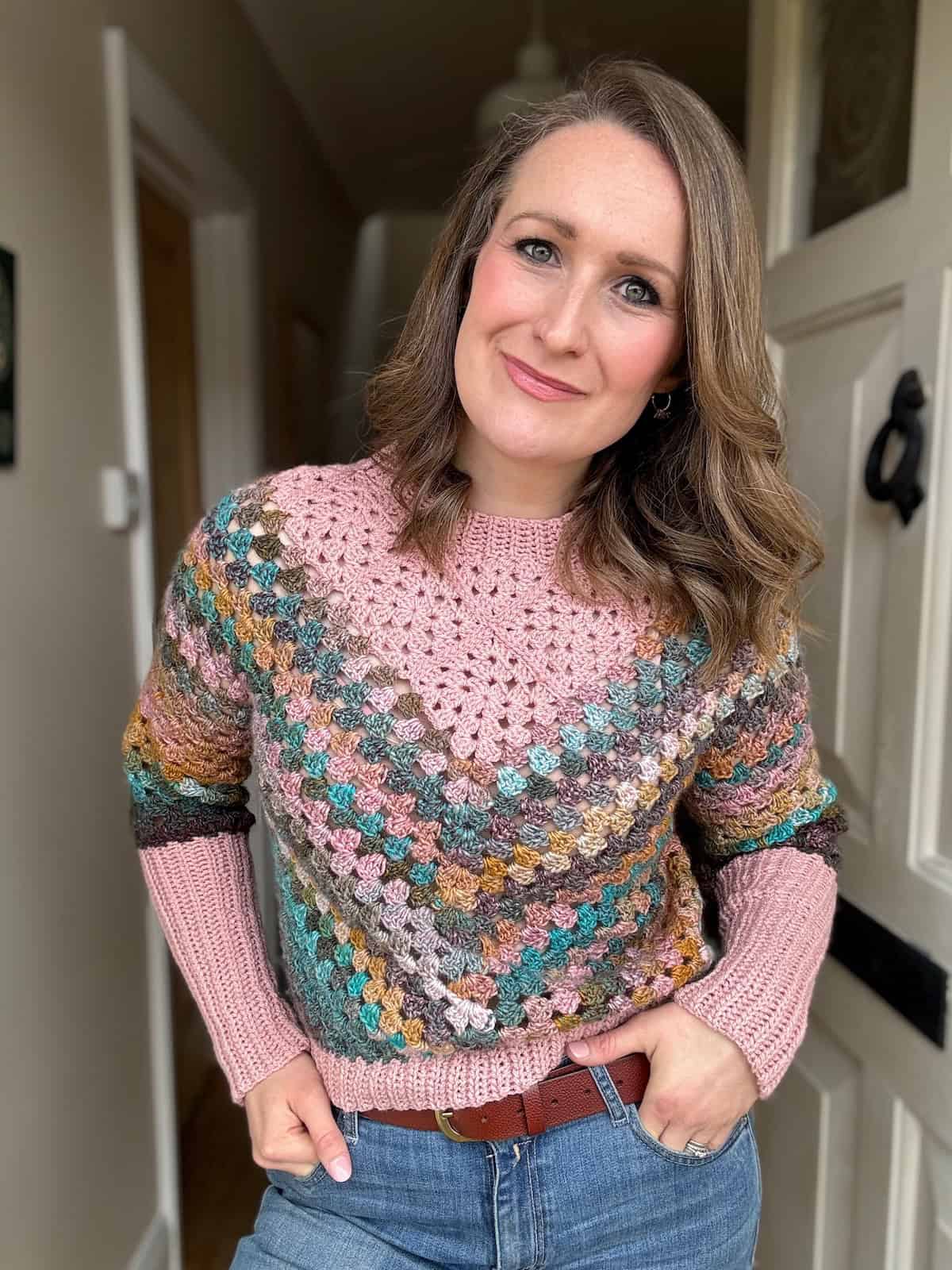
You can even take the idea and make a fun granny square sweater that then uses the granny stitch too.
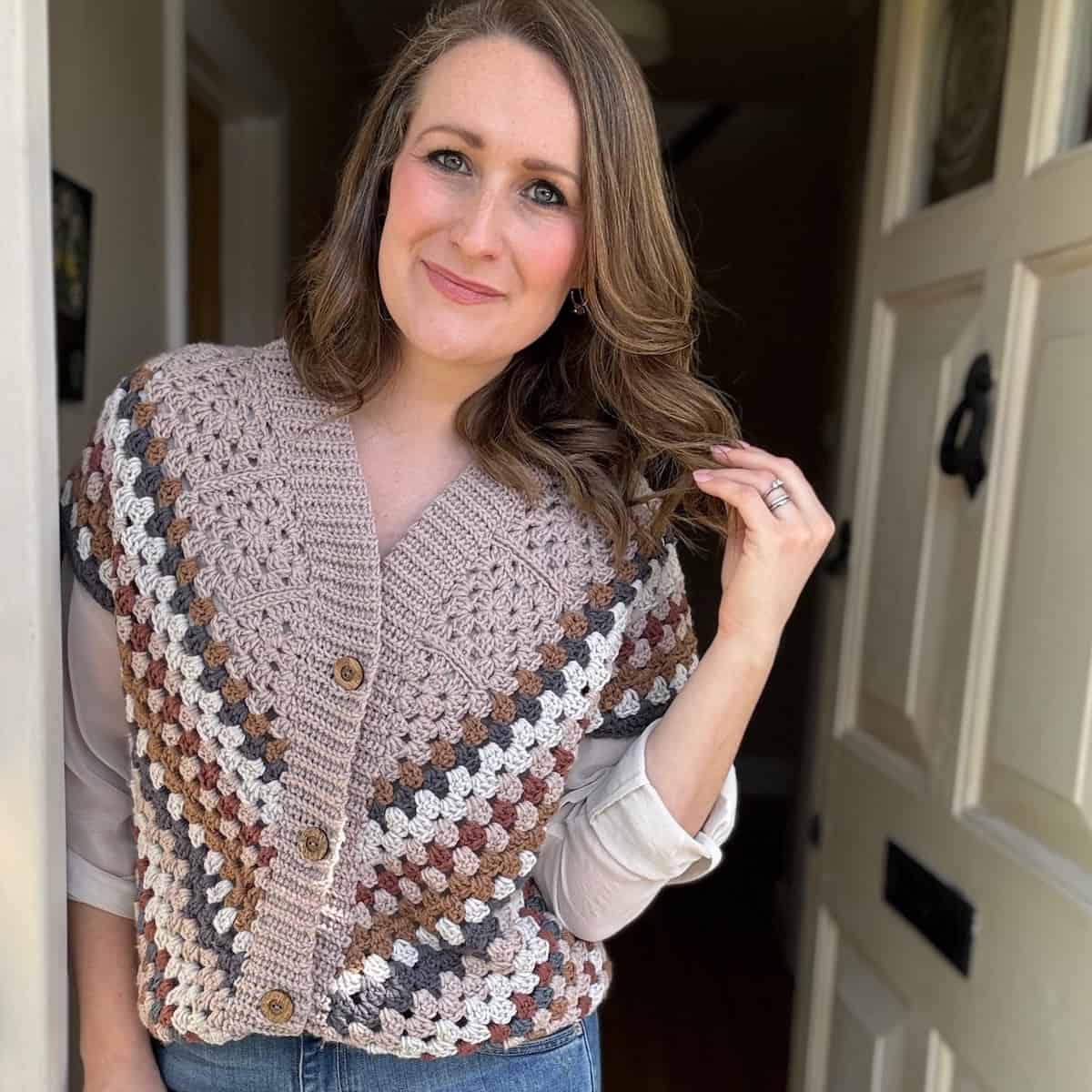
Or what about a modern granny square cardigan pattern? You can add sleeves or leave them off on this one.
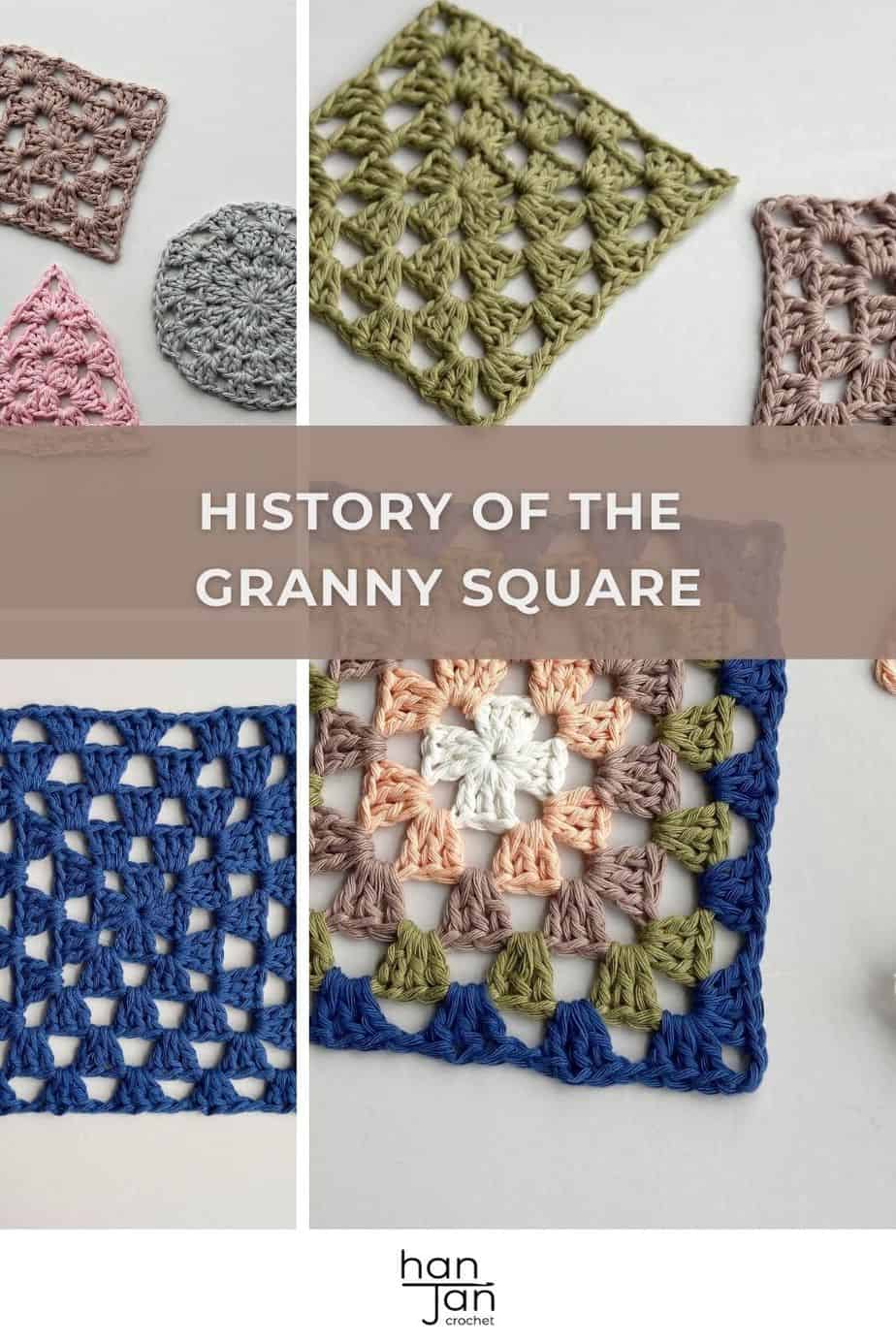
Looking for pattern support?
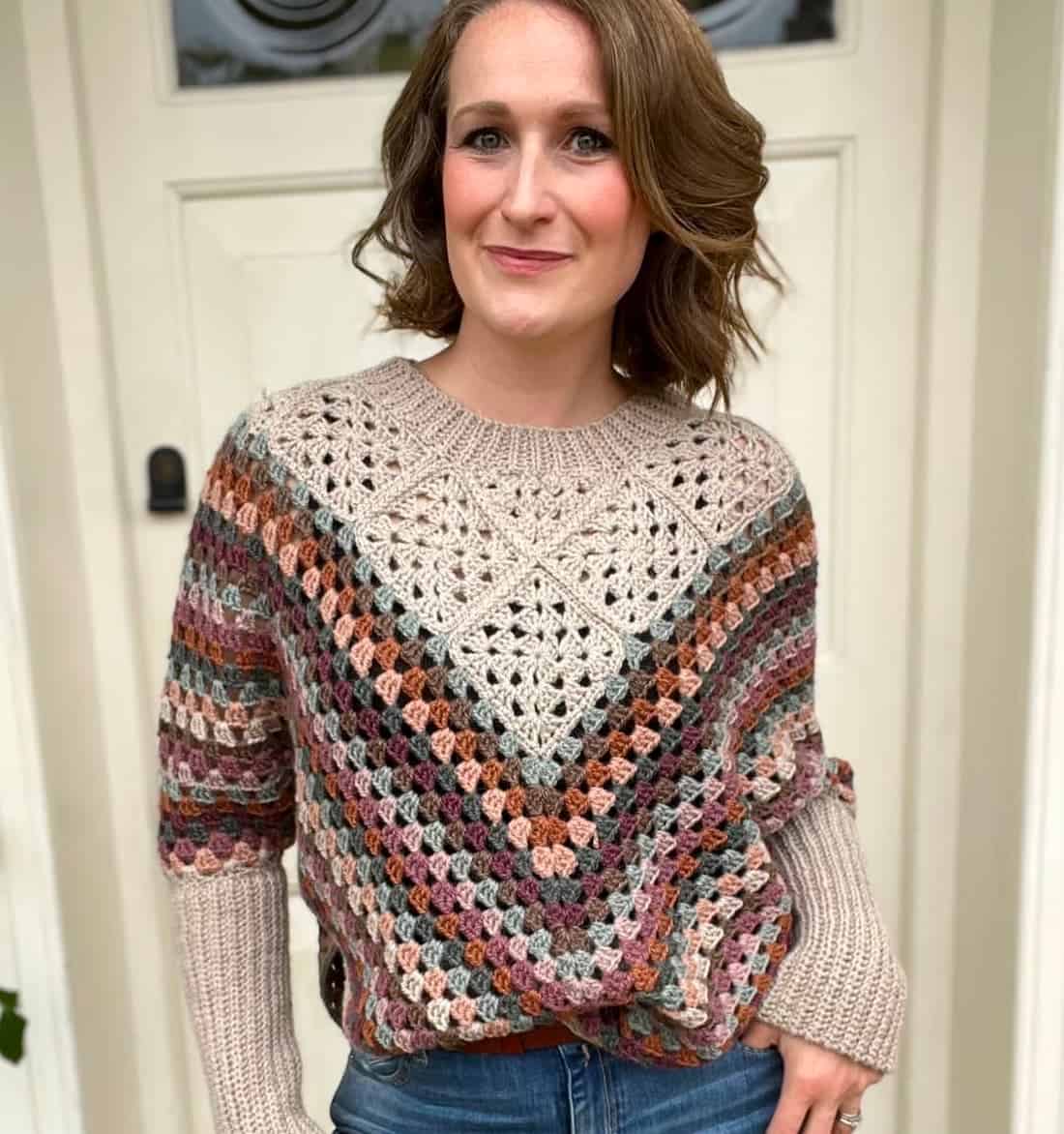
Not only will you find pattern support in the HanJan Crochet Facebook Community Group but we have over 16,200 like minded crocheters eager to chat with you!
It is a fun, supportive and educational group where we all support each other to be the best we can be. Everyone is always happy to share their knowledge and experience so do come and join us!
